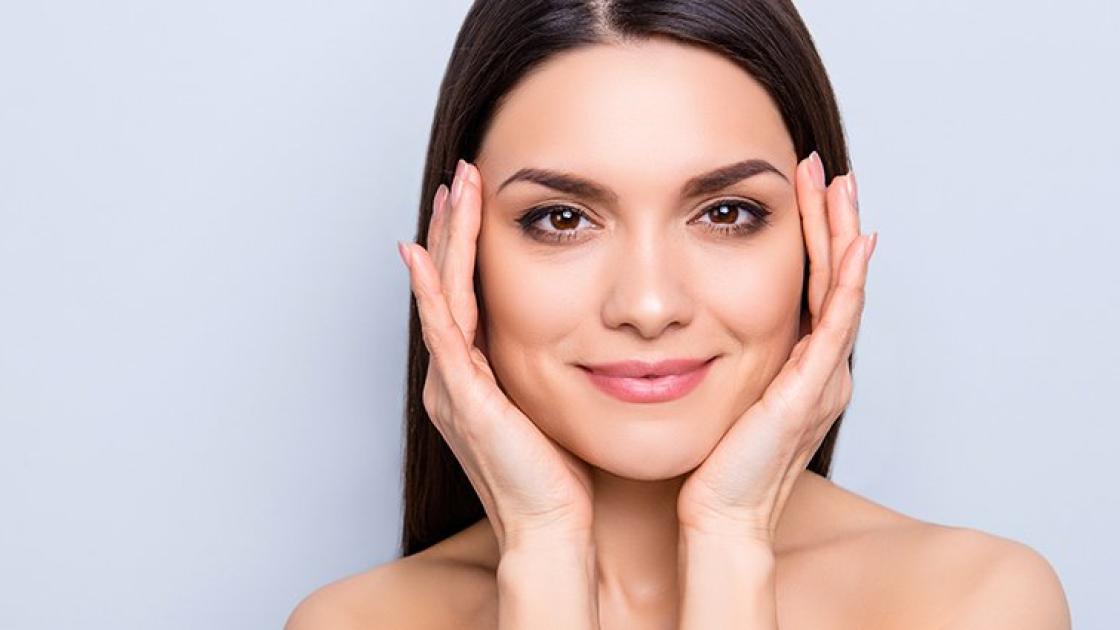
The many, surprising uses for botox
Botox is one of the most well-known medications on the market. Most people know it as a treatment or prevention of wrinkles that makes skin look more youthful. But, Botox can be used for several other reasons too.
What is botox?
Botox is a medication that contains a toxin called botulinum. Certain organisms make this toxin, which causes a type of food poisoning called botulism.
The botulinum toxin by itself can be deadly, but the medication Botox is considered safe because of the way it's processed and manufactured.
As with all medications, Botox comes with some risk for side effects. Talk to your doctor about whether Botox is right for you before exploring this as a treatment option for wrinkles or another issue.
How does botox work?
When injected into the skin or a part of the body, Botox causes temporary muscle paralysis. This happens because the toxin in Botox keeps nerves from communicating with muscles. Essentially, the injected muscles can no longer contract. Therefore, the muscle paralysis leads to many benefits including wrinkles not relaxing and softening, uncontrolled blinking and spasms will stop, and many other benefits will occur.
Botox has been used for over three decades. In that time, doctors have discovered several beneficial effects of this popular medication. In fact, Botox is approved by the FDA for the treatment of nine different medical conditions, in addition to cosmetic enhancement.
Conditions that may benefit from botox
Migraines
A migraine is a severe type of headache that can cause strong throbbing head pain, nausea, vomiting and an increased sensitivity to light and sound.
The FDA approved Botox to treat chronic migraines in 2010. Botox may help reduce the intensity or frequency of migraines when it's injected into the muscles between the eyebrows, on the lower back of the head or in the neck.
Botox has also been approved to treat painful neck spasms.
Facial or eye asymmetry
In some cases, Botox injections can help certain conditions that cause one side of the face to look different than the other. Such conditions include:
- Thyroid eye disease, an autoimmune disorder that causes a butterfly-shaped gland in the neck to produce too much thyroid hormone. This condition can make it difficult for a person to fully close his or her eyelids.
- Bell's palsy, a condition that paralyzes one side of the face. It's usually temporary and can be caused by an infection, diabetes or even pregnancy.
- Crossed eyes (strabismus), which occurs when the eyes don't line up with each other. Botox has also been approved to treat eyelid spasms and eyelid drooping (ptosis).
Spasmodic dysphonia
This neurological condition impairs a person's speech and can cause a person's voice to sound hoarse, strained or shaky. It happens when unusual signals are sent from the brain and cause spasms in the vocal chords.
Hyperhidrosis
Hyperhidrosis causes excess sweating, usually in the armpits, hands or feet. Injecting Botox can significantly reduce the amount of sweat released by the sweat glands in those areas. Botox can also reduce excessive drooling when injected into salivary glands.
Cosmetic improvement
We couldn't mention Botox without talking about its cosmetic uses. Reducing the appearance of fine lines and wrinkles is still the most popular use of Botox. It can temporarily smooth out the skin on the face and neck, and help you look younger.
Interested in botox?
Contact SIU Medicine at siumed.org to inquire about a consultation with one of our experienced physicians.




